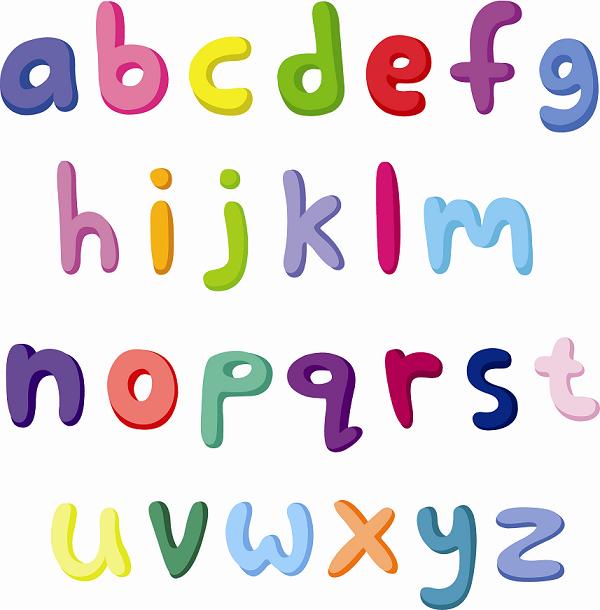
You can save the output to BIL, BIP, BMP, BSQ, DAT, Esri Grid, GIF, IMG, JPEG, JPEG 2000, PNG, TIFF, MRF, or CRF format, or any geodatabase raster dataset. If a feature in the feature class is selected but the Use Input Features for Clipping Geometry parameter is not checked, the output clips out the minimum bounding rectangle for that feature. If a feature in the feature class is selected and the Use Input Features for Clipping Geometry parameter is checked, the output clips out the areas that are selected. You can also use the selected features within the display as the clipping extent.

Ensure that the output format can support the proper pixel depth. If clipping geometry is used, the pixel depth of the output may be promoted. If you are using a feature class as the output extent, you can clip the raster by the minimum bounding rectangle of the feature class or by the polygon geometry of the features. This may cause the output to have a slightly different extent than specified in the tool.Īn existing raster or vector layer can be used as the clip extent. If the clip extent specified is not aligned with the input raster dataset, this tool verifies that the proper alignment is used.

The clipped area is specified either by a rectangular envelope using minimum and maximum x- and y-coordinates or by using an output extent file. To extract a portion of a feature dataset, use the Clip tool in the Analysis toolbox. The clip output includes any pixels that intersect the template extent.

This tool allows you to extract a portion of a raster dataset based on a template extent.


 0 kommentar(er)
0 kommentar(er)
